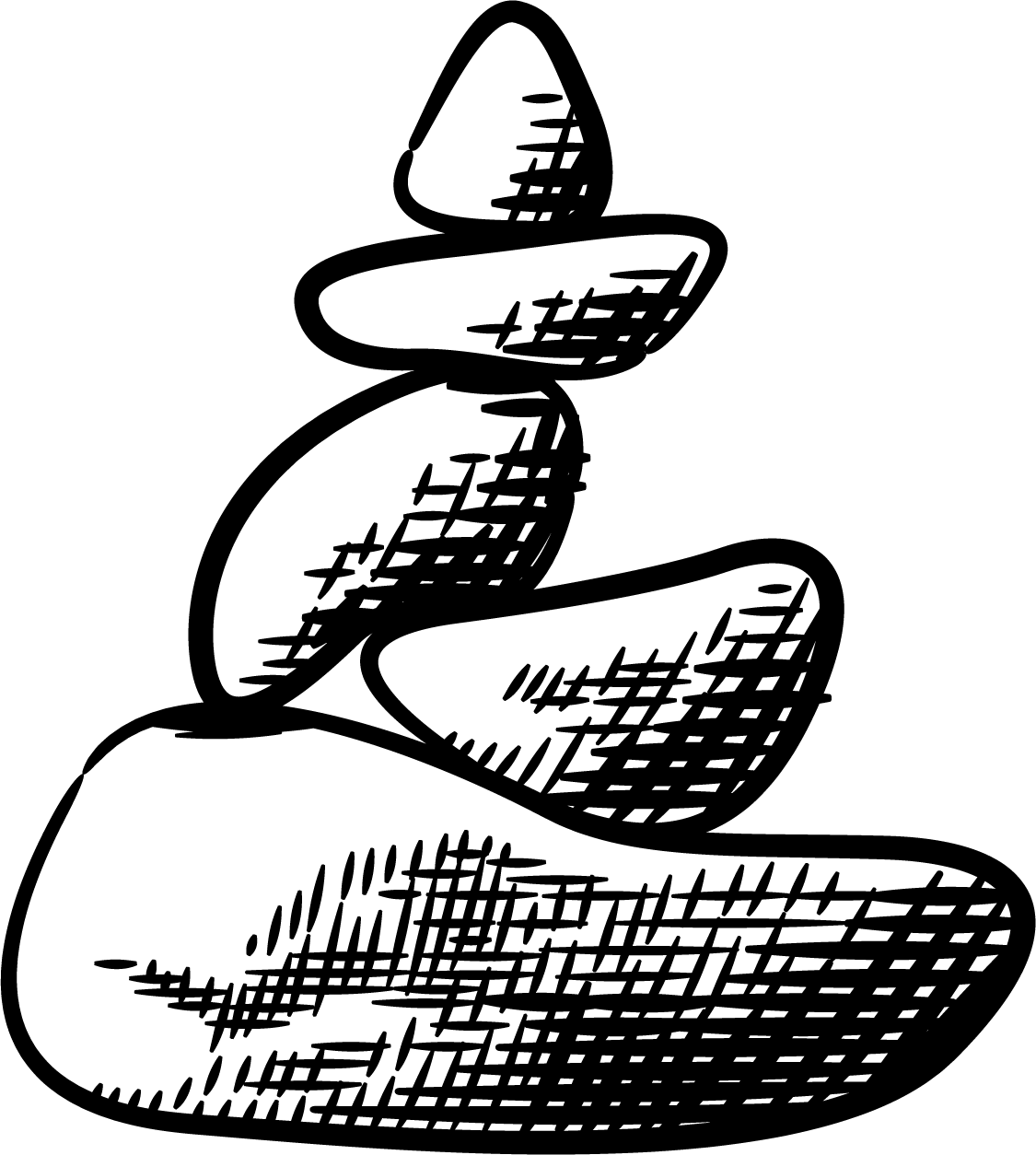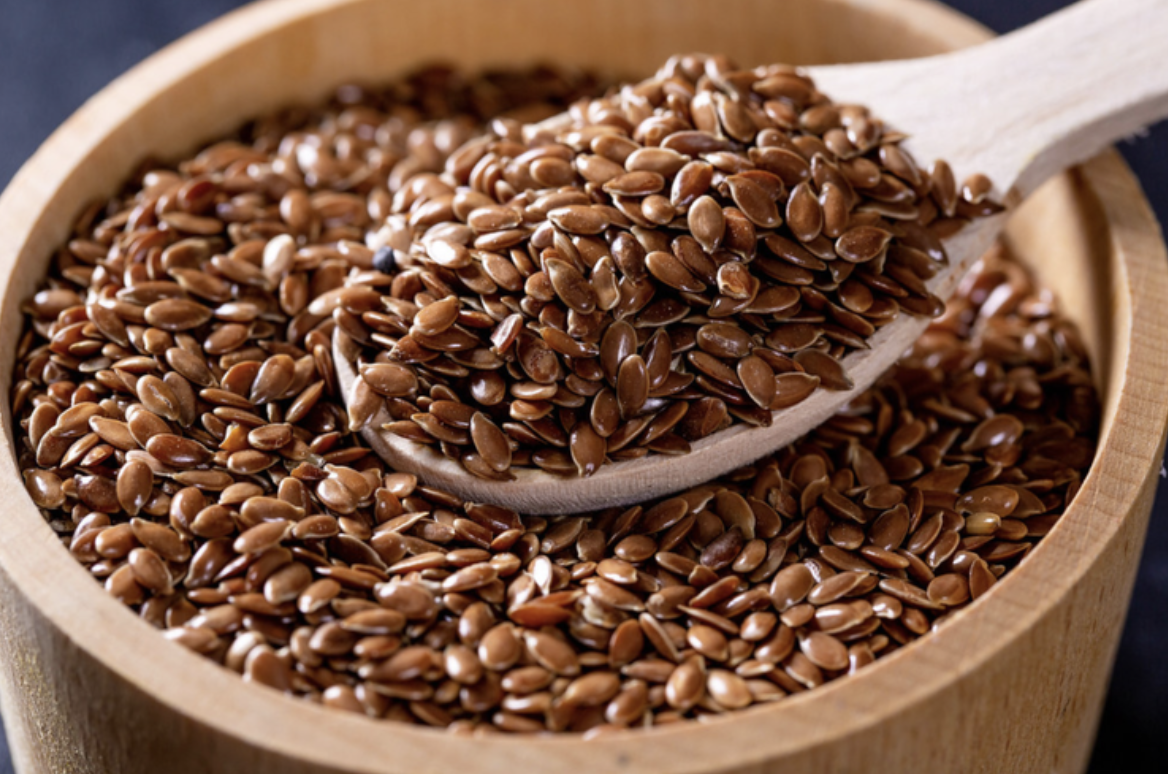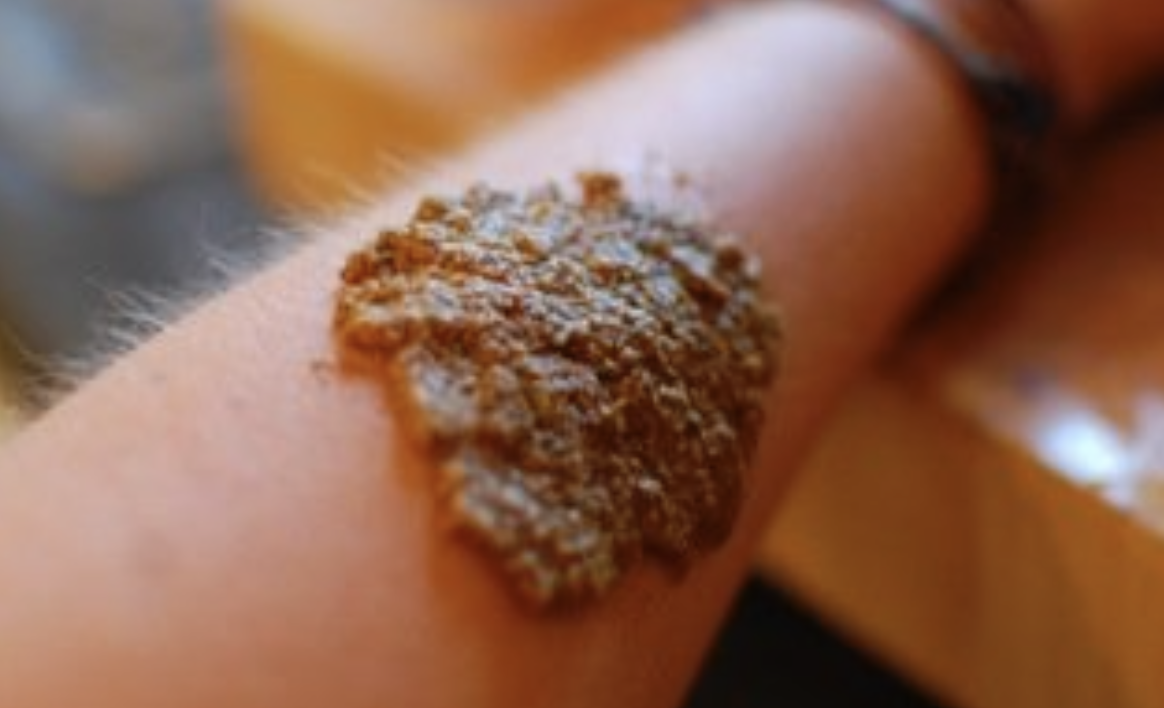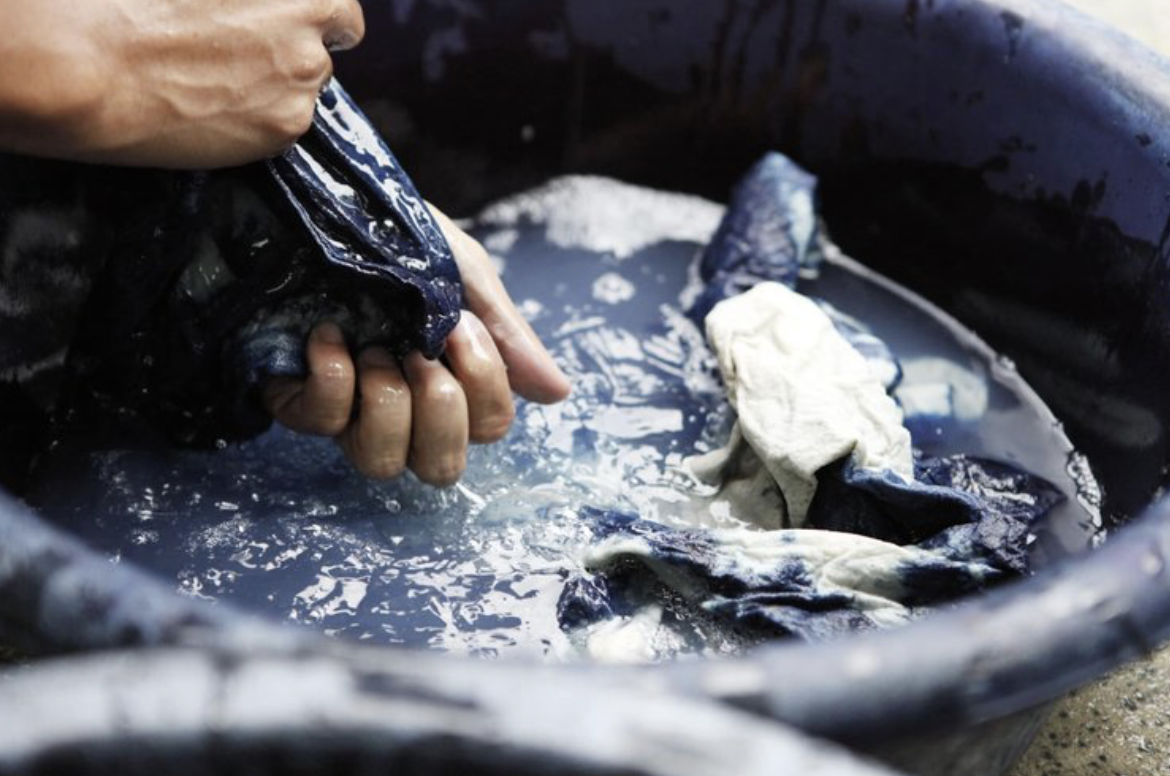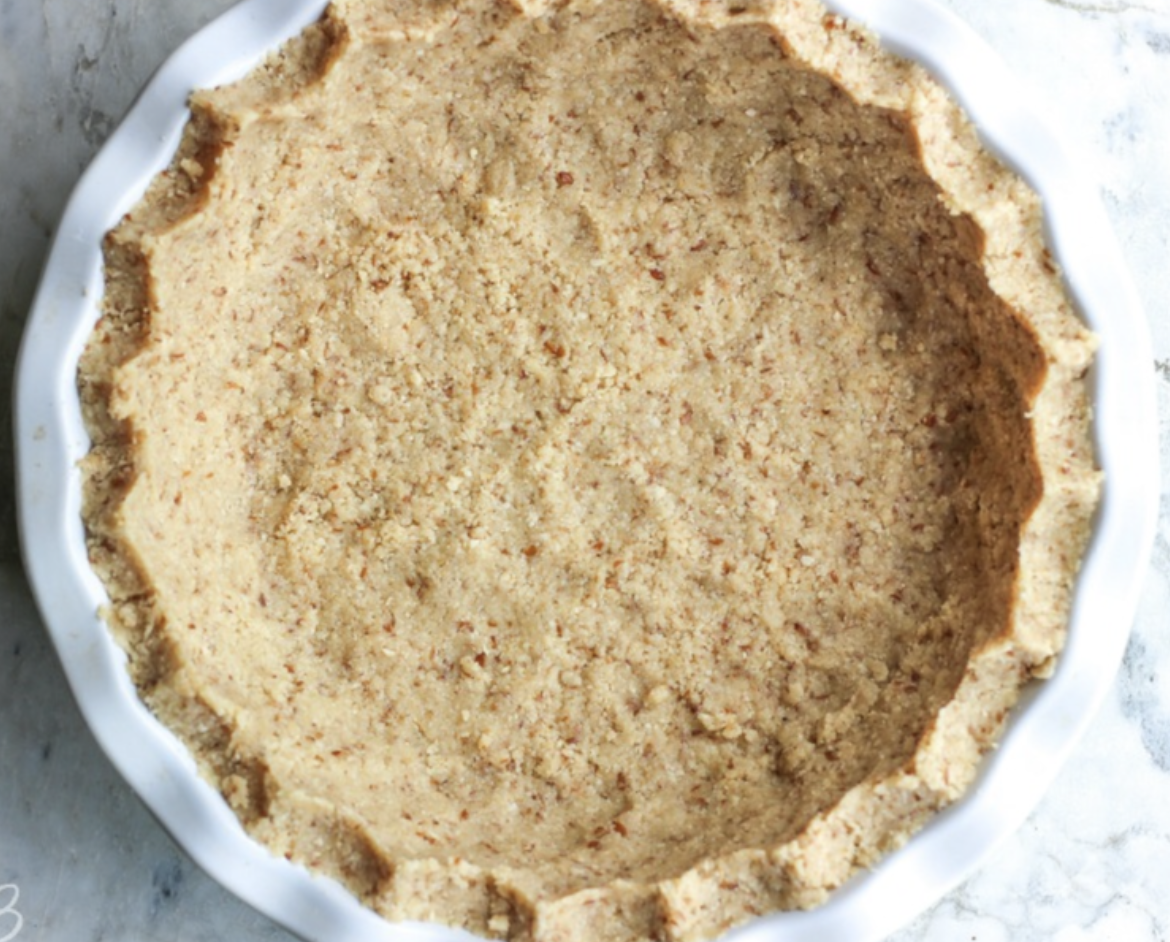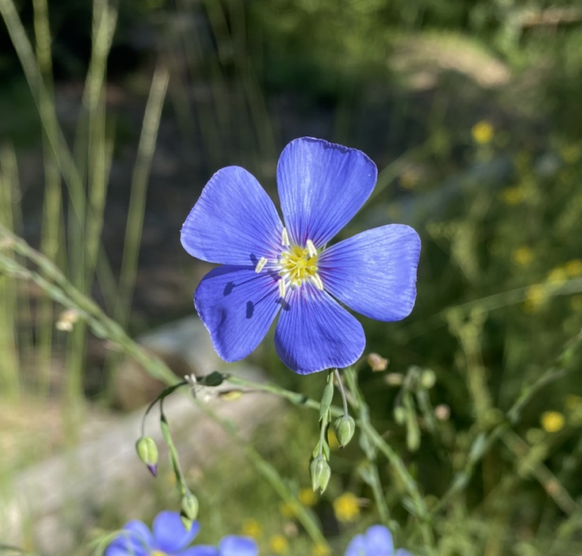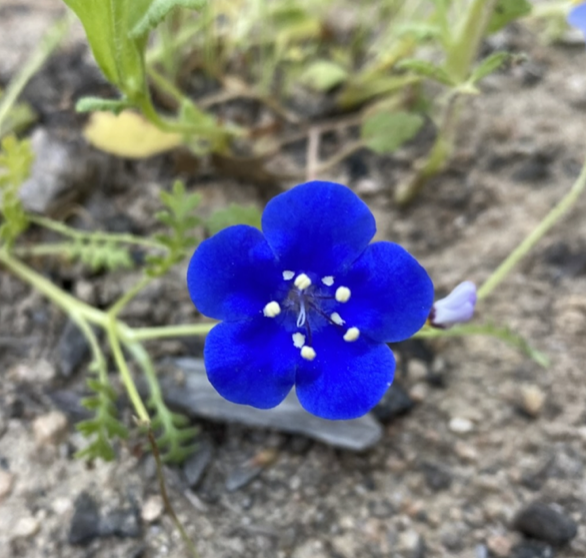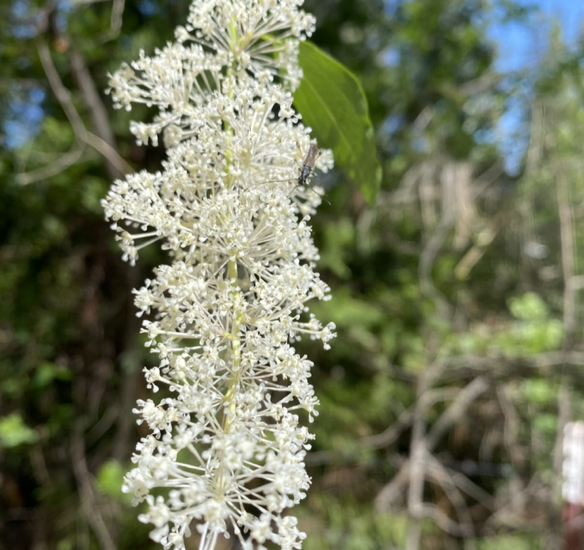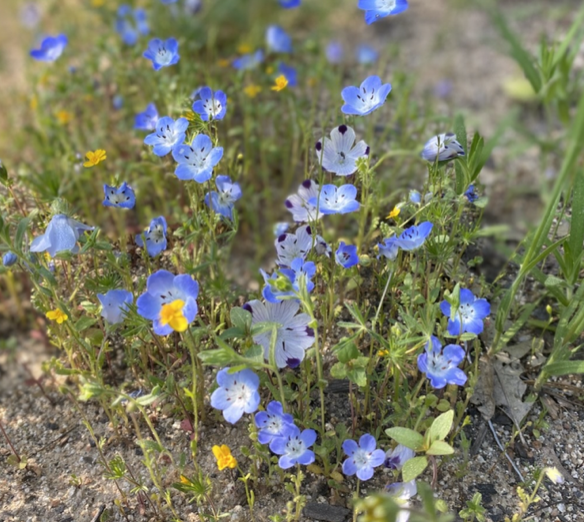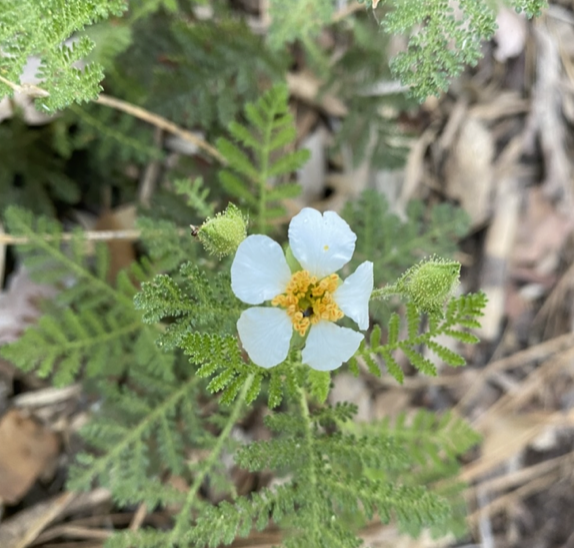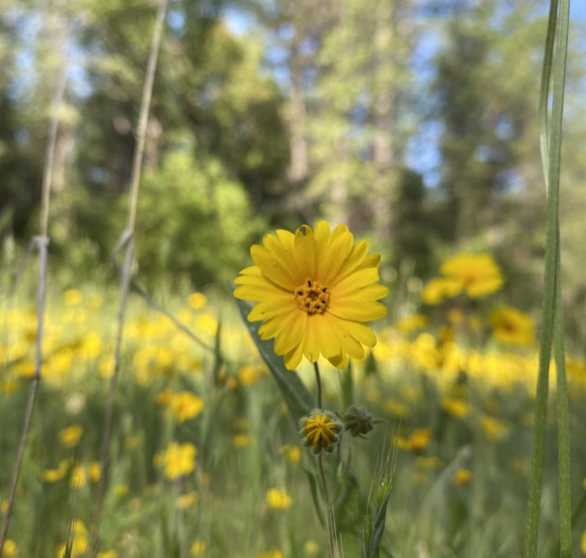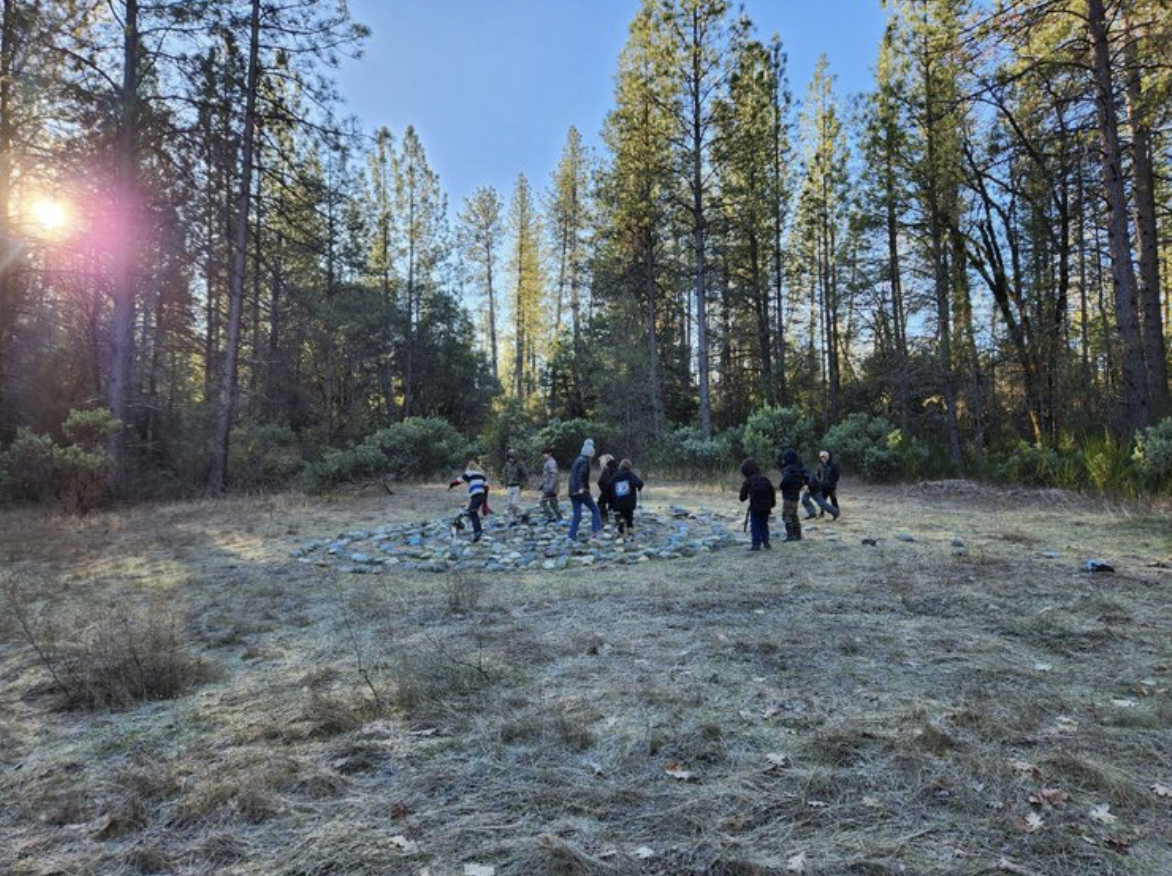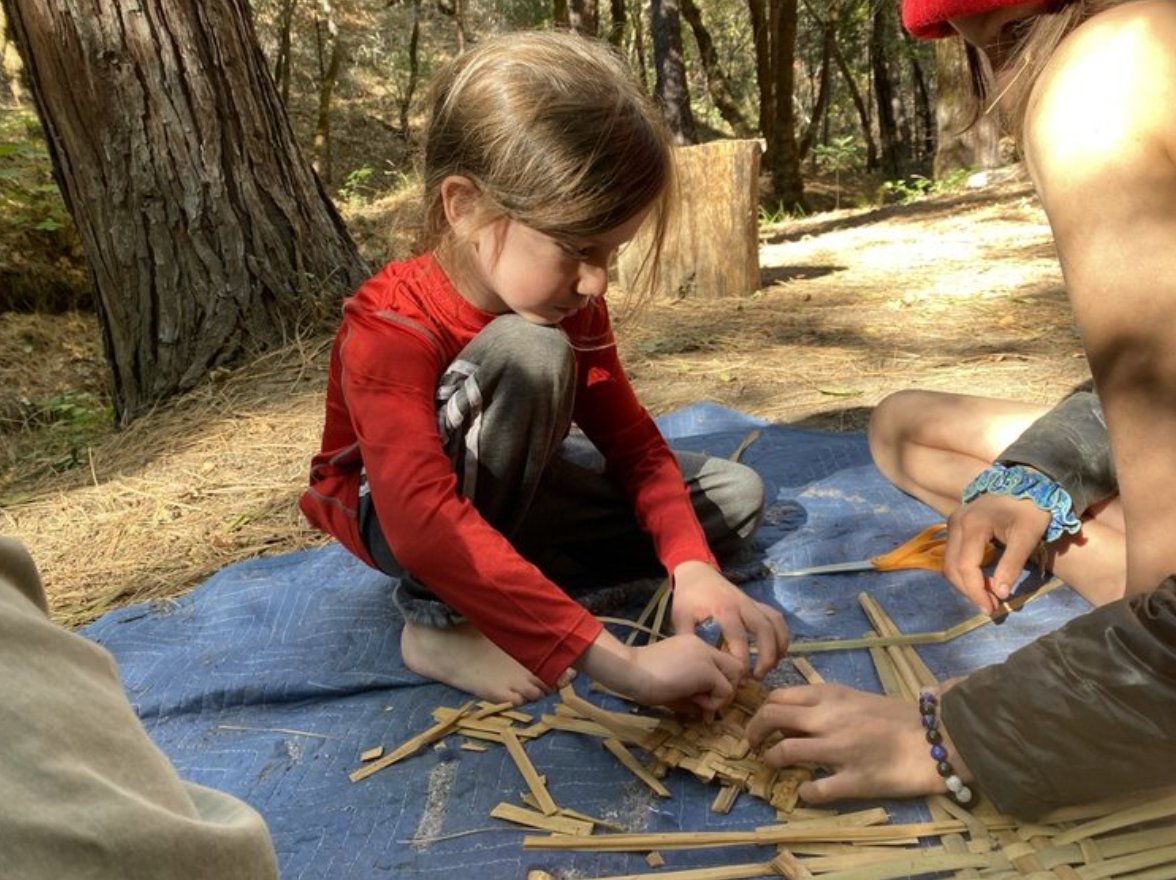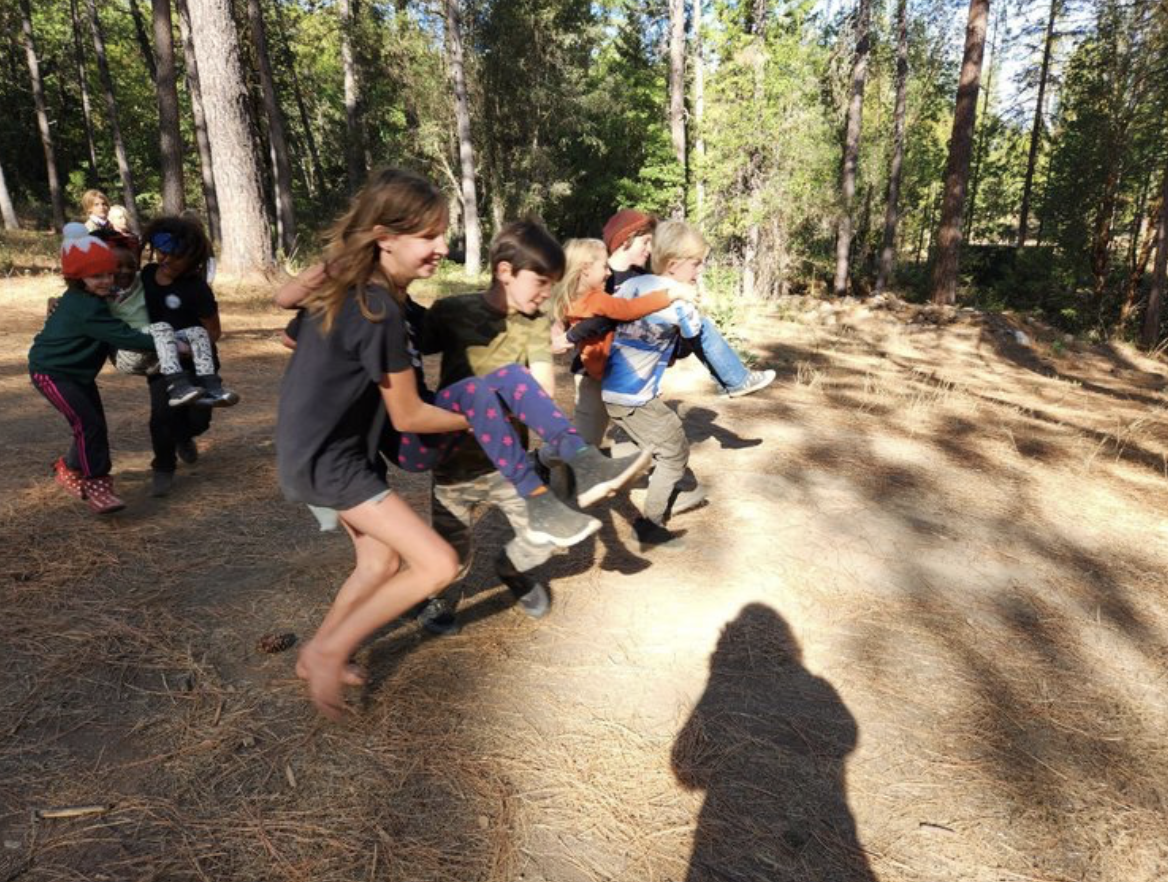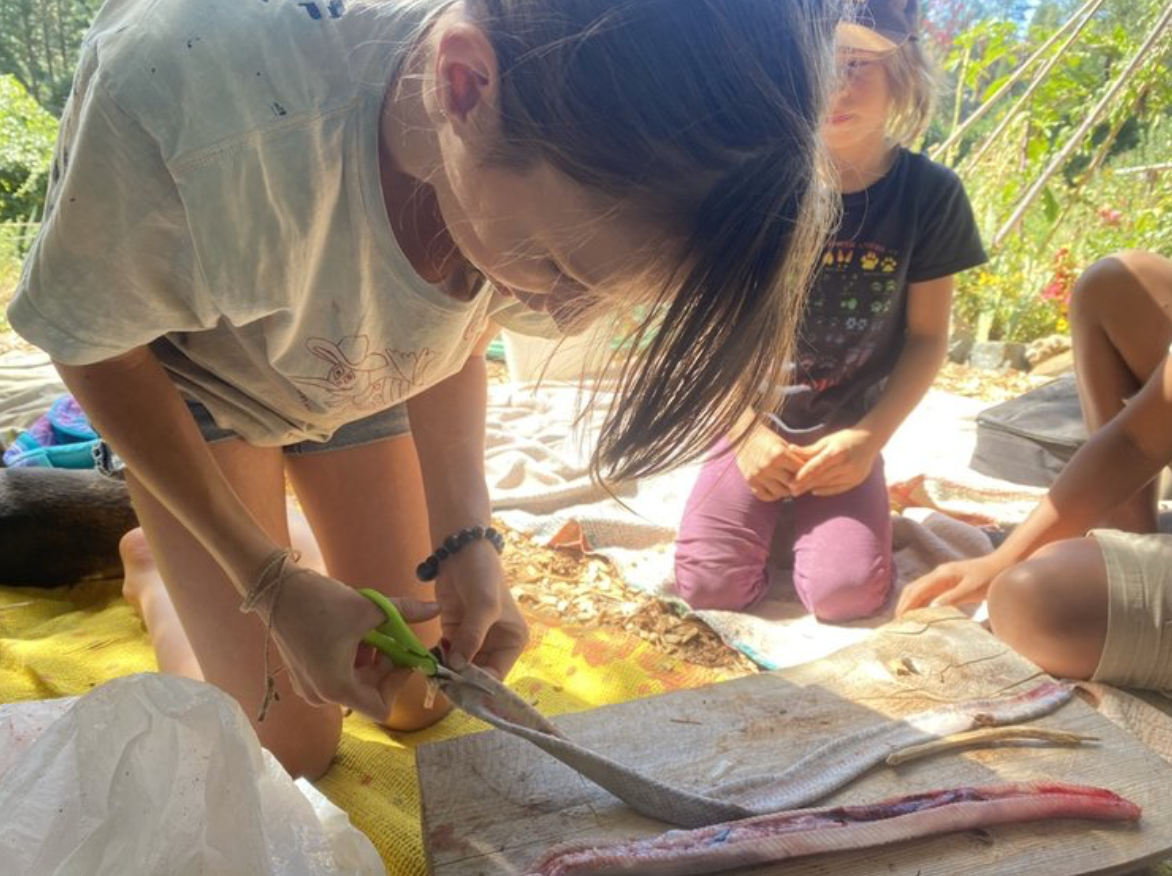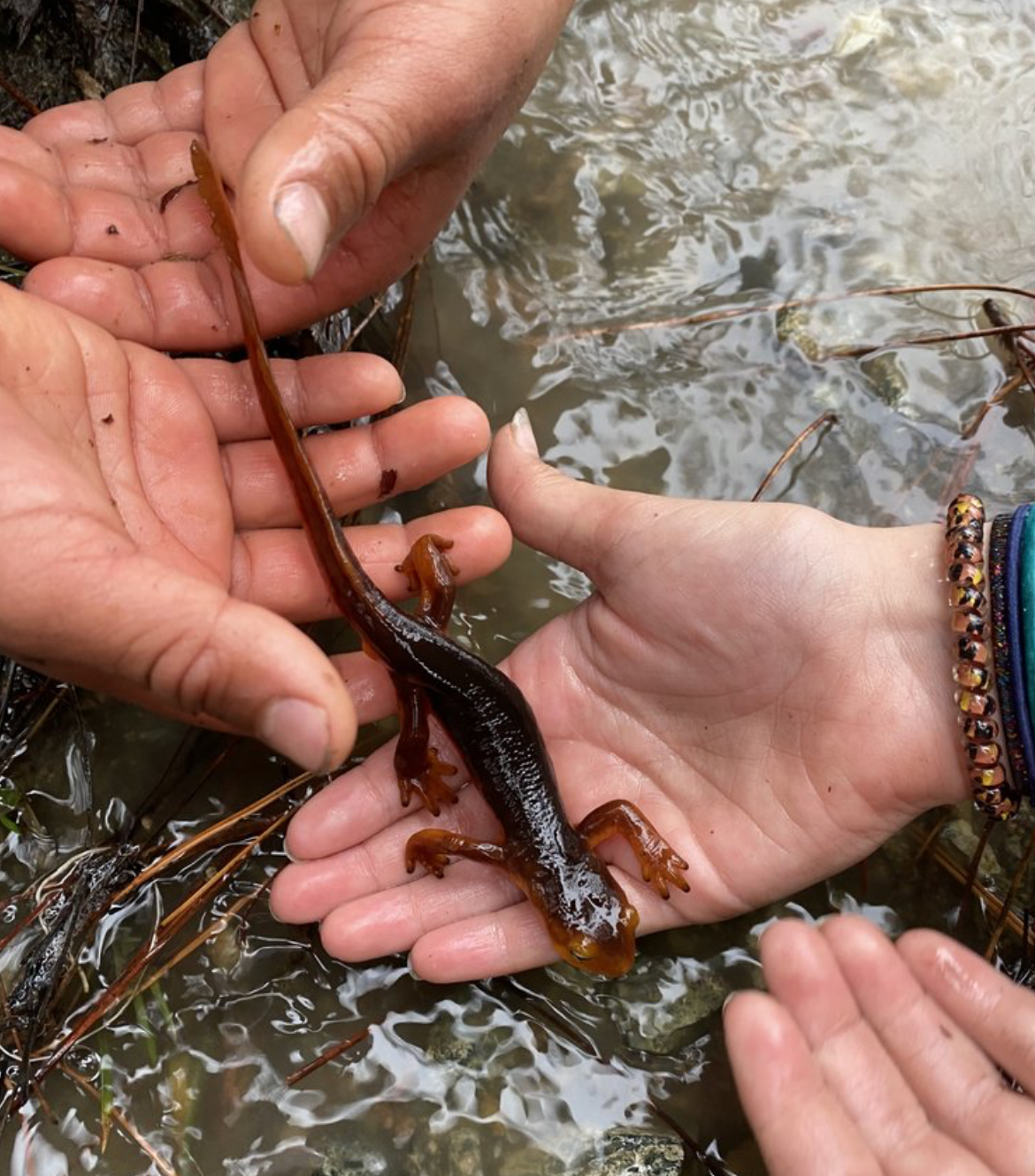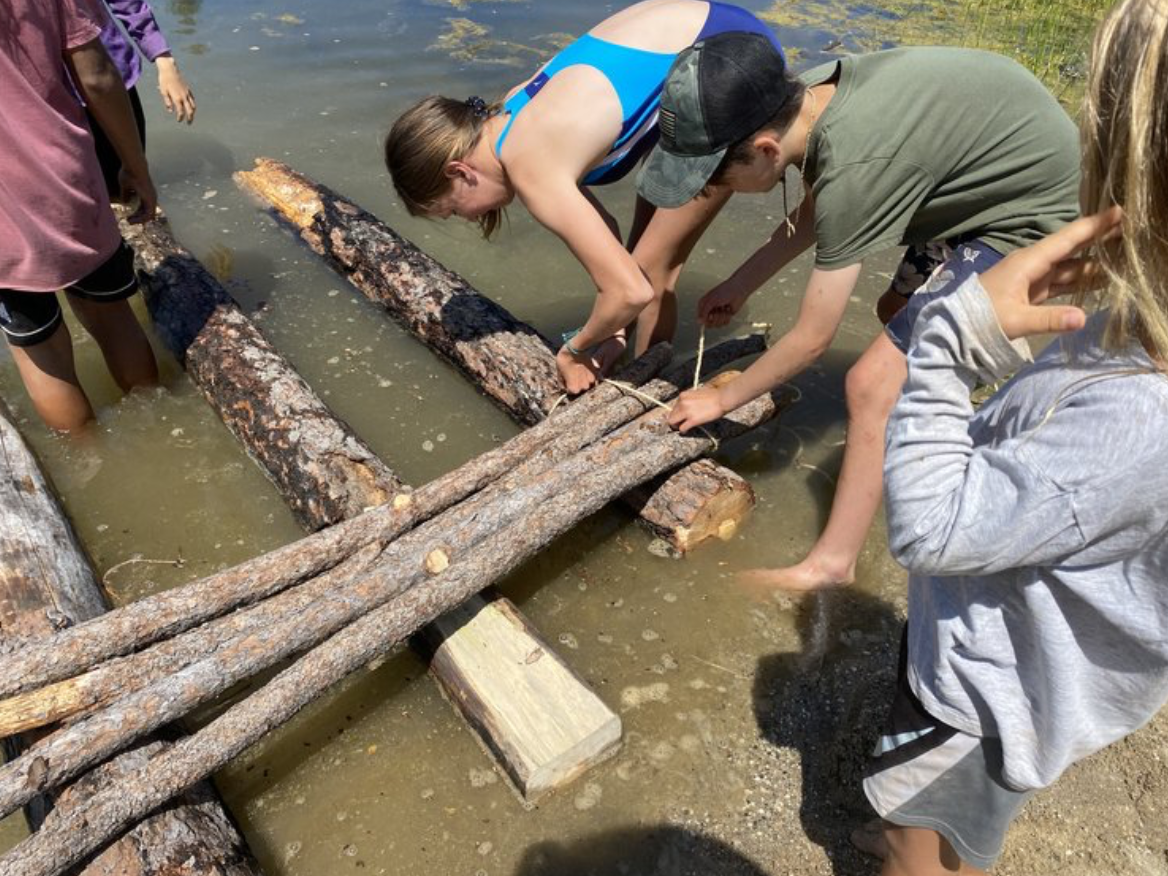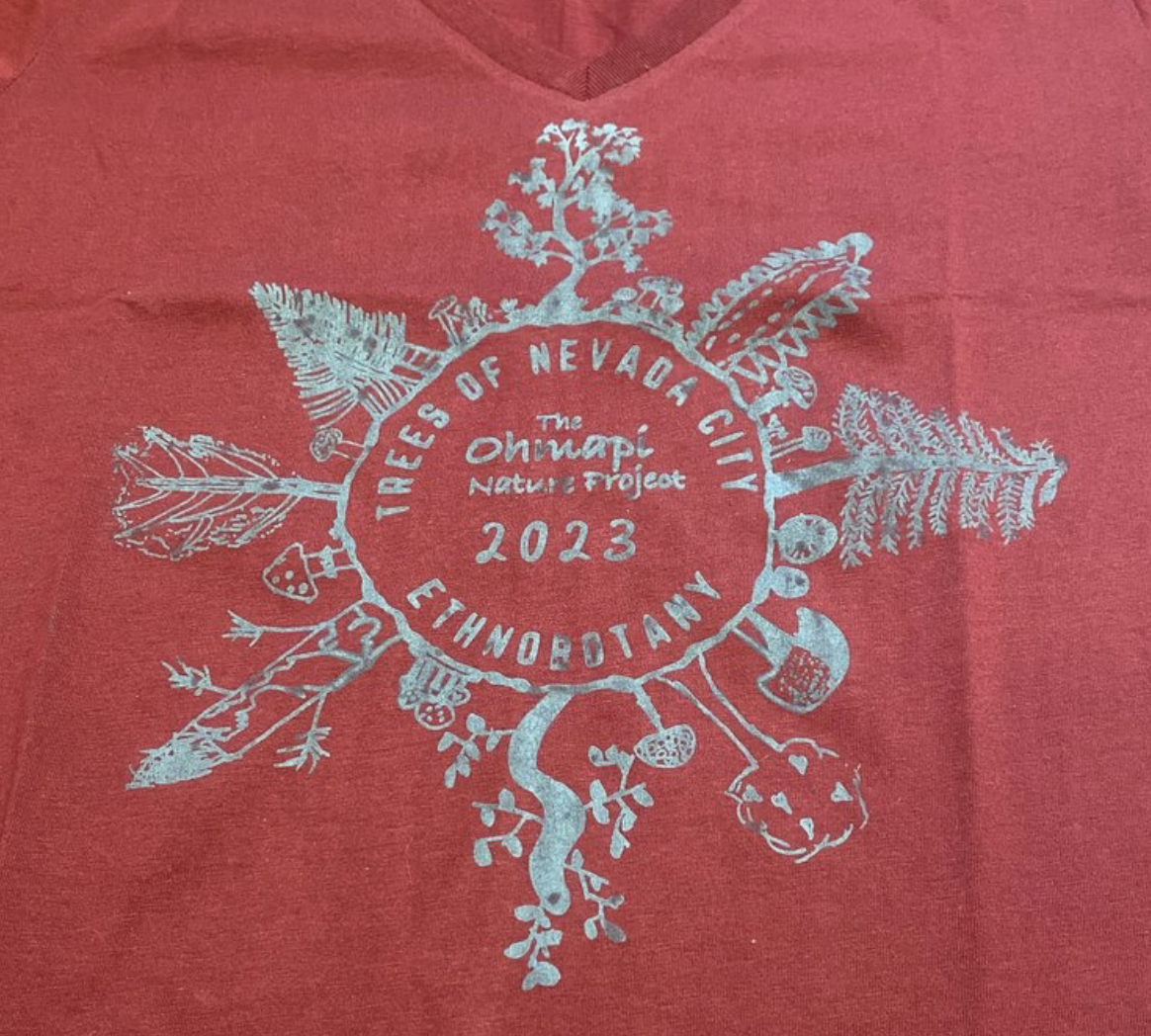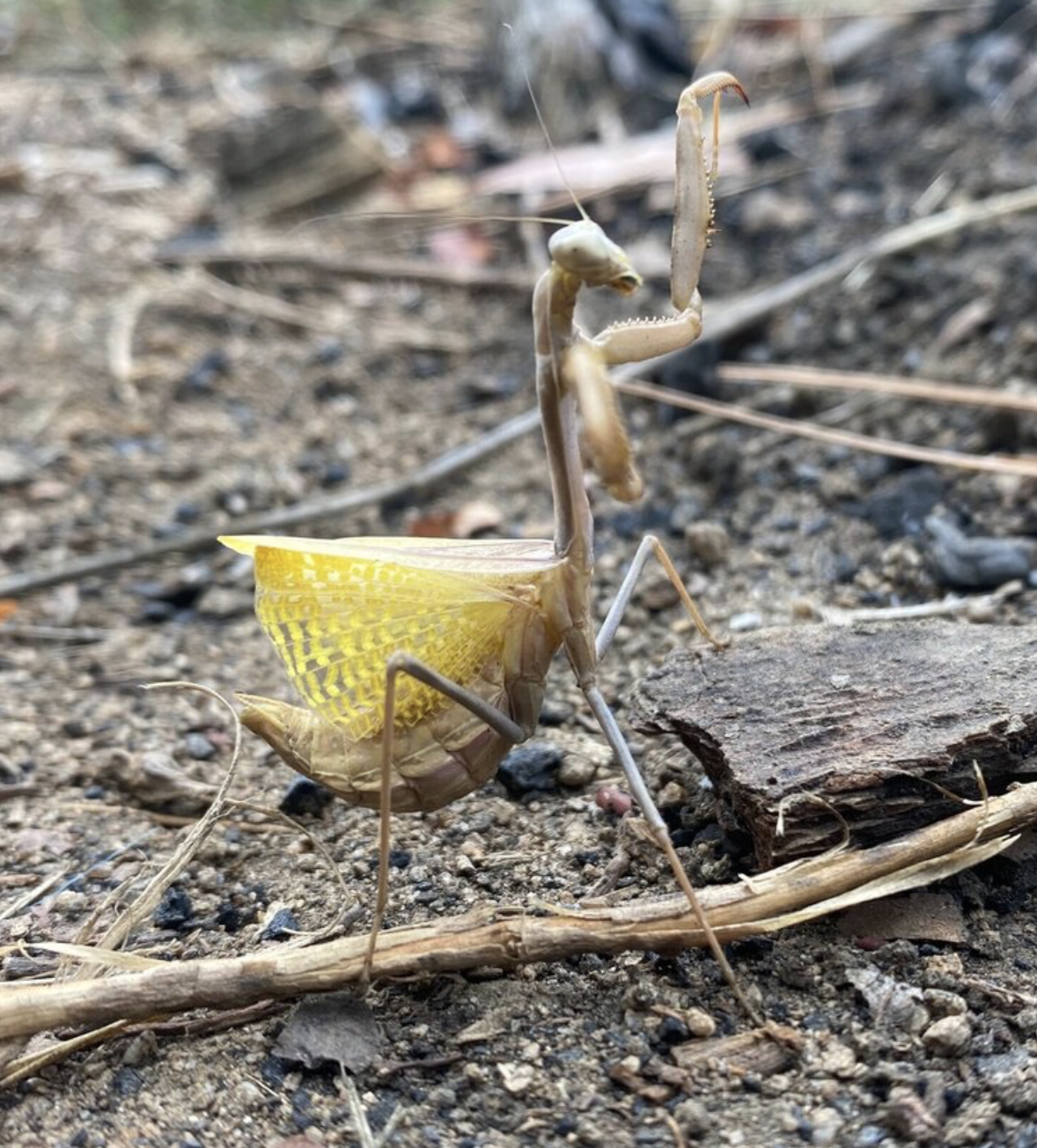June 2023 Newsletter
Open the bloom of your heart and become a gift of beauty to the world.
Bryant McGill
This newsletter feels more like a newspaper! I have so much to share as I haven’t written a newsletter since March 1. It has been a busy spring. So sit back, relax and read on.
Topics for this newsletter:
Ethnobotany of Flowers
Flower Quiz
Wrapping up the year
Next Year
Summer Camps
Ethnobotany of Flowers
Most of us admire flowers for their beauty and their importance for pollinators. But did you know that many wildflowers have lots of ethnobotanical uses? Yep, just think of the medicines from Yarrow and St. Johns Wart. And how about the important food from Sunflowers…the yummy seeds!
For our last month of classes, we are studying flowers. There are so many that I couldn’t narrow it down to just one or two. So we are studying a different flower each day.
One of my favorite flowers we have studied thus far is the very beautiful and useful Blue Flax. Just about every blue flower catches my eye but this flower’s beauty goes beyond just looks. It can be used for Food, Medicine, Tools, and Dye
Food: Historically, Native Americans used the pleasant-tasting, nutritious seeds to add oil and protein to their diet. They were gathered by some tribes, dried, roasted and ground into flour or meal. The seeds were also cooked with other foods as an oil-rich supplement.
Today, the seeds are recognized as a good source of dietary fiber. They are also used as an egg substitute for many vegan dishes as they produce a sticky, glue-like substance (mucilage) when soaked in water for 20 minutes or more.
Medicine: Traditionally, the crushed seeds were applied to rashes and boils. Nearly everyone's grandmother could have told you that a linseed poultice was good for any kind of inflammation. Grind the dry seeds and add sufficient boiling water to produce a paste. It is bandaged two or three time a day on infected wounds and reduce swellings.
Internally taken, flax seeds improve health as they contain 'healthy' oils, with both alpha-linoleic and sis-linoleic essential fatty acids. These have been shown to lower blood fat (lipid) and cholesterol levels, increase the local immune function of prostaglandin, and reduce clotting. Flax seed oil is used to treat a wide range of ailments, ranging from breast and colon cancer to lupus-related kidney disease, psoriasis and eczema. Crushed flax seed are also a mild laxative with soothing effects on mucous membranes.
Native Americans boiled the leaves to make a medicinal tea for treating heartburn.
Tools: Historically, even more important than the food value, was the strong, flexible fibers of the stems, which were used by Native Americans to make cordage. The stems contain long, tough fibers that were used in making fishing lines and nets, snowshoes and some parts of mats and baskets. Fiber from flax, known as linen (from the greek linon), has been an important source of cordage and textiles since ancient times for everything from clothing to sails.
If you want to try your hand at making flax cordage, rather than harvesting retting and drying the plant material, you can find prepared fibers to purchase on etsy. Our students loved making the cordage and asked to make their own rope for our raft building project!
Flaxseed oil (linseed oil) is used in paint, ink, and varnish.
Native Americans boiled the roots to obtain a shampoo. They also made and infusion of the flowers, leaves, and stems and used it to wash their skin. This infusion was particularly popular among young girls, who used it to produce beautiful skin and hair. Older people concerned about losing their hair shampooed with the whole plant.
Dye: I did not try it as a dye…yet. It is not that abundant around here and with most plant dyes, you need a lot of plant material. I have a bag of thousands of seed of flax and plans to fill my hillside with blue flax. And if it grows well, perhaps I can try it as a dye in a few years.
Recipe: I found this recipe for a pie crust. They recommend filling with raw pumpkin but I think it would also be delightful with any berry or summer fruit. Local blueberries, strawberries are available now. Next month peaches will be available for pie too…then blackberries and raspberries. Yum! A different pie every month…
Flax and Nut Crust: Place 1 cup raw almonds or cashews (or a combination) and 1 cup fat juicy raisins or dates (or a combination) in a food processor fitted with the metal blade. Blend briefly; add 1/4 cup flax seeds and 1/2 teaspoon cinnamon. Blend very well, until all ingredients are finely chopped and begin to stick together like dough. Remove from food processor and press evenly into a pie plate.
http://www.eldoradowindyfarm.com/SFBG-ethnoflaxblue.html
Wild Flowers Quiz
Below are just a few flowers that I photographed this morning at Ohmapi. Most can be found in many parts of California and other parts of the US. Can you identify them?
A
B
C
D
E
F
G
H
Wild Flowers Quiz Answers
ANSWERS: A: Blue Flax (Linum lewisii), B: California Bluebell (Phacelia minor), C: Deerbrush (Ceanothus integerrimus), D: Various Flower from Seed Balls we planted in January, E: Bowl Tubed/Long Tubed Iris (Iris macrosiphon), F: Sierra Primrose (Primula suffrutescens), G: Mountain Misery (Chamaebatia foliolosa), H: Ramm’s Madia
Wrapping up the Year
It’s June! And although the students, instructors and I are full of excitement as we look toward this last week together camping and then summer break, I find myself reflecting a bit on the past year. There are so many things we did and learned about. Below is just a tiny glimpse into our past year…
Frolicking in the Frosty Meadow
Weaving Cattail Mats
Milking Cows
Mushrooms!
Games…
Learning to Whittle
Rattlesnake Roadkill Skinning
Newts
Raft Building
Our T-shirts…each plant and mushroom was drawn by a student!
Plans for Next Year…
I photographed this fierce little praying mantis in our meadow.
Ethnobotany was an amazing nature topic. We studied each tree for an entire month…16 lessons dedicated to each tree (except wildflowers). And yet, we barely scratched the surface of each. Ohmapi could easily focus on Ethnobotany every year…but that would probably not provide a multi-year well-rounded education for the students. So, next year we will leave the world of plants to explore some animals. Our focus of next year is: The Tiny Critters That Support The Earth.
Why?
Humans often forget just how interconnected the world is—and just how much we rely on the work of animals to keep it healthy and buzzing along. As the saying goes, out of sight, out of mind. The smallest creatures make big changes and contributions, and without them, the Earth would be a very different place.
So next year, we will not only explore the cool, weird and interesting qualities of tiny creatures but we will also show how they are the backbone of life on this planet. We will explore the things they “eat” and we will explore the things that eat them. Although I am still assembling a reading list to prepare for next year, I know it will include at least one book by Douglas W. Tallamy.
For more information about next year and how to enroll go to: https://theohmapinatureproject.com. More details to come in another newsletter later this month…
This summer we have several nature-filled summer camp offerings:
3 weeks of the ever popular Original Gnomesters Camp
1 week of Water Ways Camp
Family Surf Camp Weekend.
For more details and to sign-up go to: https://theohmapinatureproject.com/summer2023
Week 1 of Gnomester’s Camp starts June 19… It is almost full but there are still a few spots. Sign-up today!
The Ohmapi Nature Project
Nevada City
CA 95959
US
Powered by Squarespace

